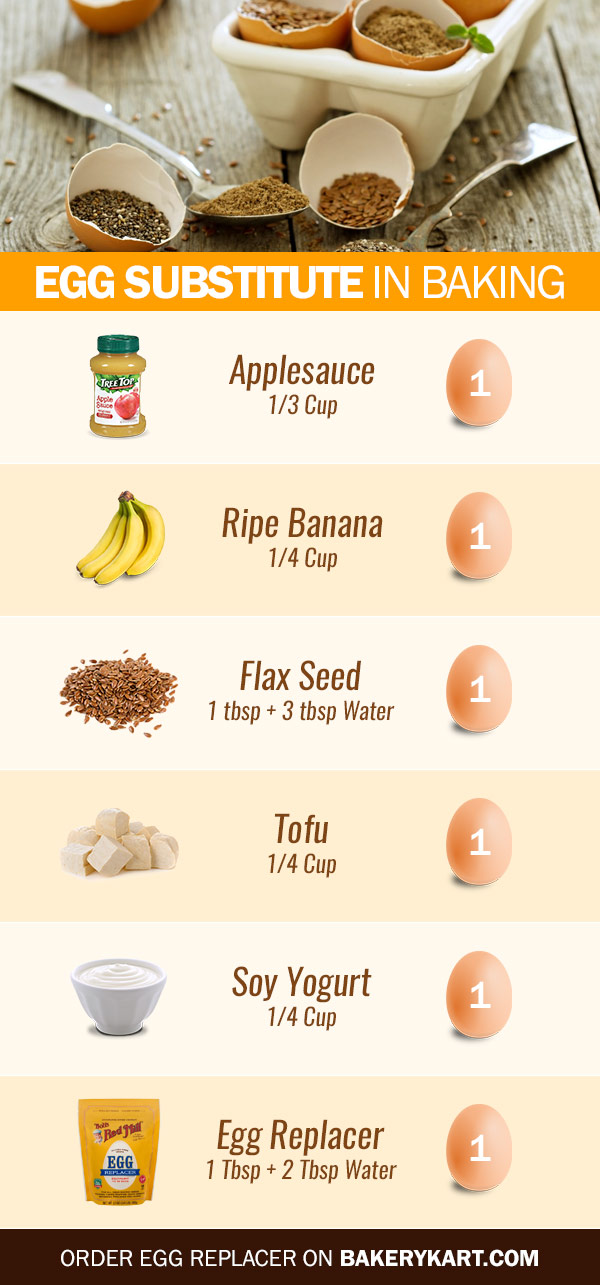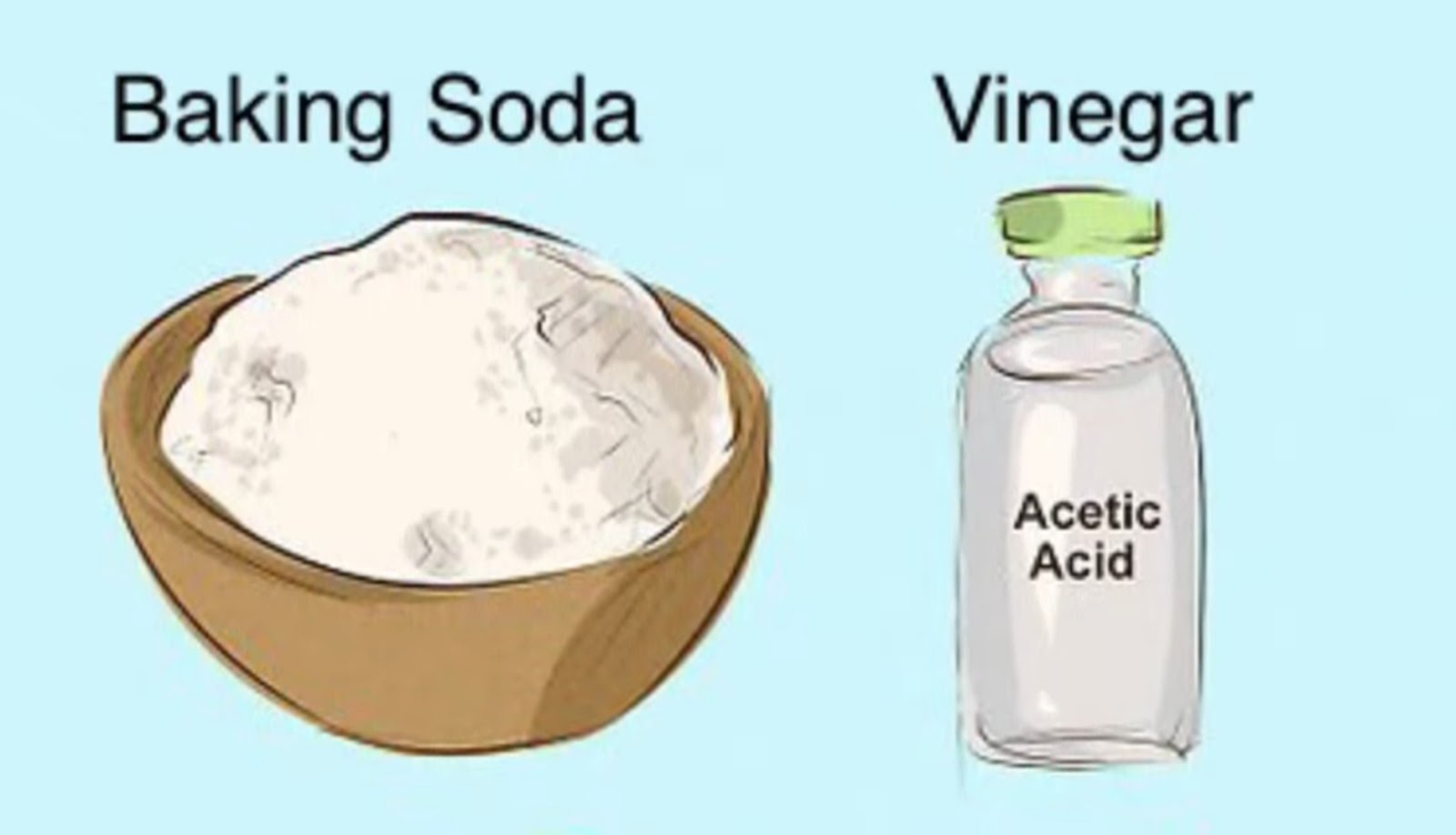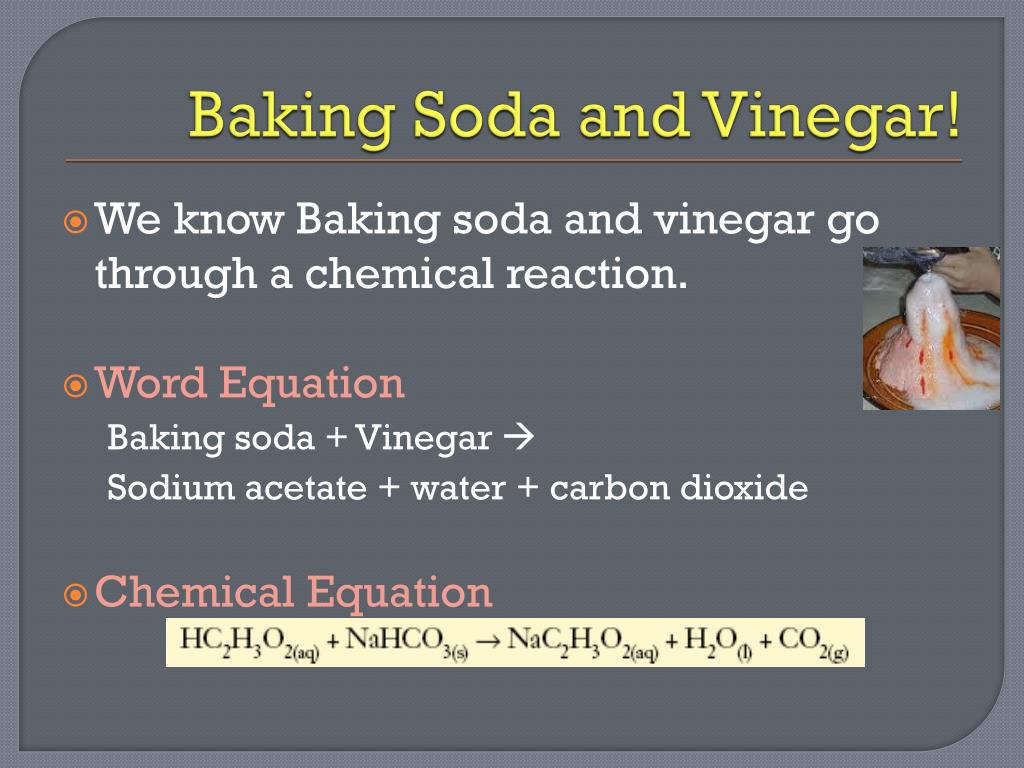
Replacement for eggs in baking offers solutions when eggs are scarce, or dietary needs require alternatives, opening new culinary possibilities.
Adapting recipes to exclude eggs is a valuable skill for bakers, accommodating allergies, vegan diets, or simple ingredient shortages. The absence of eggs neednt limit one’s baking repertoire; rather, it provides an opportunity to explore new flavors and textures.
Mastering egg alternatives can enhance baked goods in several ways. Some substitutions, like applesauce or mashed banana, contribute moisture and sweetness, while others, such as flaxseed meal or aquafaba, act as binders, improving structure and cohesion. This can lead to cakes with a lighter crumb, cookies with a chewier texture, and other desirable outcomes.
The search for egg substitutes has roots in both necessity and innovation. Historically, cooks have long adapted recipes based on available ingredients. More recently, scientific studies have helped identify the functional properties of eggs in bakingsuch as emulsification, leavening, and bindingleading to the development of tailored replacements that mimic these specific roles. These discoveries empower bakers to make informed substitutions.
For home cooks, understanding egg replacements is immensely practical. Whether facing an empty refrigerator, catering to specific dietary requirements, or seeking to reduce cholesterol intake, this knowledge enables seamless baking experiences. Successfully employing these techniques allows for flexibility and inclusivity in the kitchen.
Many variations exist, each with unique properties. For instance, using too much applesauce can result in a gummy texture, while insufficient flaxseed can lead to a crumbly bake. Properly matching the egg’s function with the appropriate substitute is key. Many believe all egg alternatives are created equal, but careful experimentation is needed.
The following guide explores a range of effective egg substitutions, detailing their specific uses, best applications, and potential pitfalls. By delving into the world of egg-free baking, readers can unlock new culinary horizons and create delicious, inclusive treats for all to enjoy.
Binding Properties
The capacity to bind ingredients is crucial when considering alternatives. This characteristic, normally provided by eggs, dictates the structural integrity of baked goods. Appropriate substitutes ensure cohesion.
-
Flaxseed Meal
Finely ground flaxseeds, when mixed with water, form a gelatinous substance that mimics the binding action of eggs. This is particularly effective in cookies and muffins, helping to hold ingredients together and preventing excessive crumbling.
-
Chia Seeds
Similar to flaxseed, chia seeds also swell and create a gel-like consistency when hydrated. These seeds provide binding and add moisture. Chia seeds work well in recipes where a slightly nutty flavor is welcome, such as granola bars or quick breads.
-
Applesauce
Applesauce functions as a binder, adding moisture and contributing to a soft texture. Its natural pectin helps to hold ingredients together, making it a suitable substitute in cakes and brownies where a dense crumb is desired.
-
Mashed Banana
Mashed bananas provide binding in addition to moisture and sweetness. Their starch content assists in binding ingredients together, resulting in a moist and cohesive final product, ideal for muffins and pancakes.
Employing these binding agents effectively means understanding their unique textures and flavors. By mastering their application, a baker ensures that the structure remains intact and the final product maintains the desired form and consistency. Without adequate binding, baked goods risk falling apart, highlighting the importance of carefully selecting and measuring binding substitutes.
Moisture Content
Moisture content is a pivotal element when considering egg alternatives in baking. Eggs contribute significant liquid, influencing the final texture. Therefore, substitutes must address this aspect to prevent dryness. Failure to account for moisture can lead to crumbly or unpalatable results, underscoring the importance of judicious selections.
Fruits purees serve as excellent moisture providers. Applesauce, mashed bananas, and pumpkin puree introduce both liquid and natural sugars, enhancing tenderness and sweetness. Yogurt, another choice, yields a similar effect, also bringing a slight tang that complements many baked goods. The amount used requires careful adjustment to avoid excessive wetness. An overabundance will result in a soggy bake.
In summary, balancing moisture is crucial to successful egg-free baking. Replacements like fruit purees and yogurt demand mindful incorporation. Understanding the moisture contribution of each alternative is key to replicating or improving upon original recipes. Achieving proper hydration yields tender, flavorful results. Neglecting this aspect undermines even the best intentions.
Flavor Impact
The choice of egg substitute significantly shapes the overall taste profile of baked goods. This influence extends beyond simple replication, often introducing new subtleties or enhancing existing flavors. Flavor considerations are paramount for a successful outcome.
-
Applesauce’s Sweet Undertones
Beyond its binding and moisture-retention properties, applesauce imparts a gentle sweetness and a subtle fruity aroma. The effect is often welcome in muffins and spice cakes, offering a healthier sweetness compared to refined sugars. Applesauce can complement cinnamon and nutmeg notes.
-
Banana’s Tropical Essence
Mashed banana contributes a distinct tropical flavor, which can be transformative in breads and pancakes. The caramelized sugars intensify during baking, adding depth. This option aligns perfectly with recipes seeking warm, comforting notes, but its prominent flavor requires thoughtful pairing.
-
Nut Butters’ Earthy Richness
Nut butters like peanut or almond butter deliver a rich, nutty flavor and a dense, chewy texture. Beyond binding, these butters introduce healthy fats and proteins. Their impact is most pronounced in cookies and brownies, contributing both flavor and structural integrity.
-
Yogurt’s Tangy Twist
Yogurt, especially Greek yogurt, introduces a subtle tang that balances sweetness. This counterpoint adds complexity, preventing baked goods from becoming one-dimensional. Its flavor blends seamlessly into cakes and muffins, elevating the overall taste experience.
By carefully considering the flavor nuances each alternative brings, bakers can artfully orchestrate the final taste profile of their creations. Replacement for eggs in baking becomes an exercise in flavor design, transforming ordinary recipes into unique culinary expressions. Each option opens avenues for exploration and innovation, demonstrating that egg-free baking is more than mere substitution; it is an opportunity for enhancement.
Leavening Ability
Leavening, the process of introducing air into a batter or dough, is essential for creating light, airy textures in baked goods. Eggs contribute significantly to this process, and understanding how to replicate this function is paramount when considering alternatives. Appropriate substitutes mimic this aeration.
-
Baking Soda and Acidic Ingredients
Baking soda, when combined with acidic ingredients like vinegar, lemon juice, or buttermilk, creates carbon dioxide gas, causing a mixture to rise. This leavening method works well in cakes, quick breads, and muffins, providing a reliable lift that mimics the aeration achieved with eggs. The balance between the alkaline baking soda and acidic component is key to achieving optimal results.
-
Baking Powder: A Self-Contained Leavening Agent
Baking powder is a complete leavening agent, containing both an acid and a base. When combined with liquid, it releases carbon dioxide, creating air pockets within the batter or dough. This is a versatile option for many baked goods, particularly cakes and cookies, and can effectively replace the leavening contribution of eggs. Single-acting and double-acting varieties offer different release profiles.
-
Aquafaba: The Liquid Gold of Legumes
Aquafaba, the viscous liquid from cooked chickpeas, has emerged as a remarkable egg substitute. It can be whipped into stiff peaks, similar to egg whites, providing excellent leavening in meringues, macarons, and other delicate desserts. Its protein structure allows it to trap air, creating a light, airy texture that was once thought unattainable without eggs.
-
Carbonated Water: A Simple, Effective Lift
Carbonated water introduces carbon dioxide directly into the batter, providing a subtle but effective lift. This method is best suited for lighter baked goods like pancakes or waffles, where a delicate texture is desired. The bubbles aerate the mixture, resulting in a fluffier final product. It offers a simple solution when other leavening agents are unavailable.
These diverse methods highlight the versatility inherent in egg-free baking. Replacement for eggs in baking doesn’t necessitate compromise. Each technique offers a unique approach to achieving the desired rise and texture. Careful experimentation and adaptation allow bakers to craft delightful, airy creations without relying on eggs, expanding the possibilities for inclusive baking.
Tip Metadata
- Category: Ingredient Substitutions
Time & Effort
- Estimated Time: 2-5 minutes (per substitution)
- Skill Level: Beginner
- Impact: Adapts recipes for dietary needs, accommodates ingredient shortages, opens new flavor profiles.
Tools or Materials Needed
- Measuring spoons and cups
- Mixing bowl
- Desired egg substitute (e.g., applesauce, flaxseed meal, mashed banana)
Step-by-Step Guide
- Step 1: Identify Egg’s Role Determine the primary function of eggs in the recipe. Is it for binding, moisture, leavening, or a combination?
- Step 2: Choose an Appropriate Substitute Select an egg alternative that matches the egg’s intended function. Refer to established guidelines for substitution ratios (see additional notes below).
- Step 3: Prepare the Substitute Prepare the chosen substitute as needed. For example, mix flaxseed meal with water and let it sit to form a gel, or mash bananas until smooth.
- Step 4: Incorporate into Recipe Add the prepared substitute to the recipe in place of the eggs, ensuring even distribution. Adjust liquid content if necessary to maintain the desired batter consistency.
- Step 5: Bake as Directed Proceed with the recipe instructions, monitoring the baked goods for signs of doneness. Baking times may vary slightly depending on the substitute used.
Common mistakes include using too much of a single substitute, leading to undesirable textures. A general guideline is 1/4 cup of applesauce, mashed banana, or pumpkin puree replaces one egg. For flaxseed, mix 1 tablespoon of flaxseed meal with 3 tablespoons of water and let it sit for 5 minutes. Experimentation is encouraged, as each recipe responds differently to egg alternatives. Variations include using aquafaba (chickpea brine) for meringue-like textures or silken tofu for custards. Accurate measuring ensures consistent results.
Pro Tip or Variation
For enhanced flavor, consider using a combination of substitutes. For instance, use applesauce for moisture and a flaxseed mixture for binding. This can create a more nuanced and balanced final product. If replacing multiple eggs, consider using different substitutes to avoid overpowering the recipe with a single flavor. Adding a pinch of baking powder when using applesauce for moisture may help maintain proper texture.
Best Practices & Expert Tips
- Match Substitute to Function Select replacements based on the egg’s role in the recipe, whether binding, moisture, or leavening, for optimal results.
- Measure Accurately Precise measurements of substitutes are crucial, as too much or too little can drastically affect the texture and structure.
- Consider Flavor Profiles Be mindful of the flavor each alternative imparts, choosing options that complement the recipe’s overall taste.
- Adjust Liquid Content Modify other liquid ingredients accordingly to maintain the correct batter consistency, preventing dryness or sogginess.
- Test in Small Batches Experiment with new substitutes in small test batches to gauge their impact before committing to a full recipe.
- Use Room Temperature Ingredients Ensure all ingredients, including substitutes, are at room temperature for proper emulsification and even baking.
Variations & Common Mistakes
- Applesauce for Moisture Use unsweetened applesauce as a 1:1 replacement for moisture, but reduce added sugar to compensate for its sweetness.
- Flaxseed Meal for Binding Mix 1 tablespoon of flaxseed meal with 3 tablespoons of water, let it sit for 5 minutes, then use as a binder, especially in cookies.
- Overusing Fruit Purees Avoid using excessive amounts of fruit purees, which can lead to a gummy or overly dense final product.
- Ignoring Leavening Needs When replacing eggs, ensure adequate leavening by adding extra baking powder or soda, especially in cakes and muffins.
- Incorrect Aquafaba Preparation Whip aquafaba until stiff peaks form, similar to egg whites, but be aware that it may be less stable and require stabilizers.
- Assuming All Substitutes Are Interchangeable Recognize that each substitute has unique properties, and not all options are suitable for every recipe.
- Forgetting to Adjust Baking Time Monitor the baking time closely, as egg-free recipes may bake faster or slower than traditional ones.
Why This Tip Matters
Mastering egg substitutions transforms your baking, enabling you to create delicious treats for everyone, regardless of dietary restrictions or ingredient availability. It’s more than a simple trick; it’s a gateway to culinary creativity and inclusivity.
The beauty of this tip lies in its versatility. Whether you’re whipping up a batch of vegan cookies, adapting a recipe due to allergies, or simply running low on eggs, these techniques empower you to bake with confidence and achieve delightful results across a spectrum of dishes and skill levels.
We encourage you to step into your kitchen and try these egg replacement techniques. Experiment with different substitutes, discover your favorite combinations, and unlock a world of baking possibilities. Share your own tips and experiences in the commentswe’d love to hear what works best for you!
Happy cooking!
Images References :
Image used for illustration purposes only. All rights belong to their respective owners.


